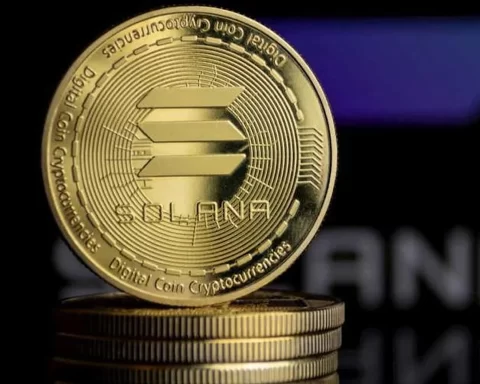On July 30, several liquidity pools within Curve Finance, a significant decentralized finance (DeFi) protocol, were targeted in an attack stemming from a vulnerability discovered in the Vyper programming language.
Vyper is specifically designed for the Ethereum Virtual Machine (EVM) to facilitate smart contract development.
Curve Finance’s prominence in the DeFi space is largely attributed to its vital liquidity services.
However, the recent code vulnerability jeopardized approximately $100 million worth of digital assets, raising concerns within the community.
The flaw was identified in versions 0.2.15, 0.2.16, and 0.3.0 of the Vyper language, resulting in a malfunctioning reentrancy lock.
As a consequence, millions of dollars were drained from four Curve pools, namely aETH/ETH, msETH/ETH, pETH/ETH, and CRV/ETH.
Moreover, the impact of this vulnerability on three of its variations has the potential to affect other protocols in the DeFi ecosystem.
Following the attack, the native token of Curve Finance, CRV, experienced a sharp decline in value on decentralized exchanges.
However, the situation was salvaged when centralized exchange price feeds came into play.
READ MORE: SEC Suffers Setback as Court Overturns Ruling on SPIKES Index Securities Classification
The CRV price plummeted to $0.086 on decentralized exchanges, while maintaining a trading value of $0.60 on centralized exchanges (CEXs), thereby preventing the token’s total collapse.
The recovery was attributed to the integration of Chainlink’s oracle system within Curve pools, which incorporates price feeds from various sources, including centralized exchanges.
If it weren’t for the CEX price feed, Curve Finance would have faced a complete collapse.
This irony caught the attention of Binance CEO Changpeng Zhao, who found humor in the fact that a CEX price feed ultimately saved the DeFi protocol.
Zhao clarified that the Vyper vulnerability had no impact on Binance, as the exchange had promptly updated its code to the latest version. He also emphasized the significance of regularly upgrading code libraries to maintain robust security measures.
The bug within the earlier Vyper versions is estimated to be at least 1.5 years old, suggesting that the attacker invested substantial time and resources in exploiting this weakness within a high-value protocol.
A Vyper program contributor on Twitter even suggested that the level of effort put into the exploit indicated a potential state-sponsored attack.
As the DeFi space continues to evolve and gain traction, incidents like these underscore the importance of thorough code audits, prompt upgrades, and vigilance in the face of potential vulnerabilities to ensure the security and resilience of decentralized finance protocols.
Other Stories:
Margot Robbie’s Comparison of Bitcoin to Ken from Barbie Ignites Debate
Blockchain Could Save Financial Institutions $10 Billion by 2030: Ripple-FPC Report
Tech Firms Call on European Union to Support Open-Source AI in New Regulations




